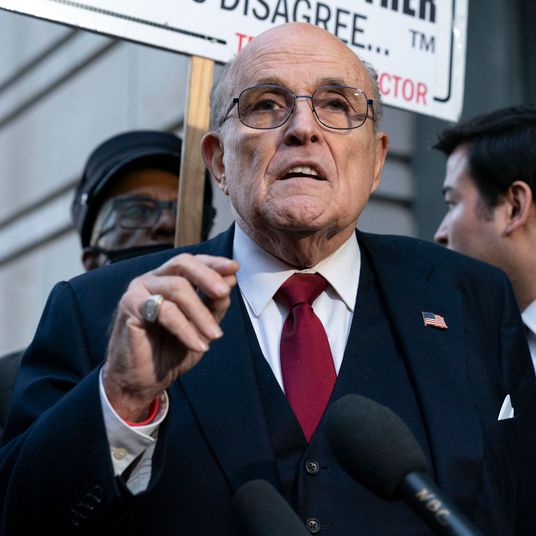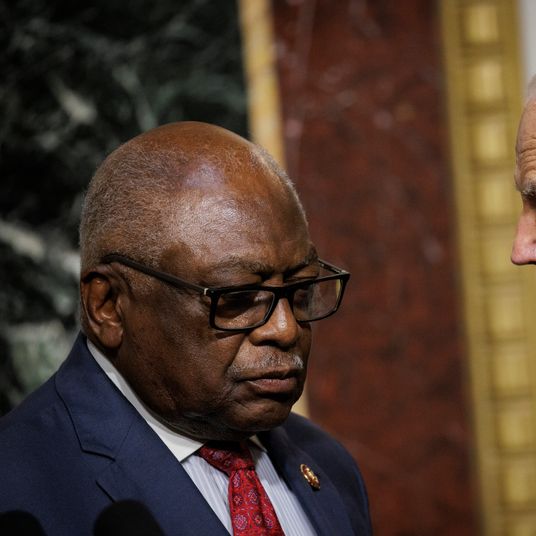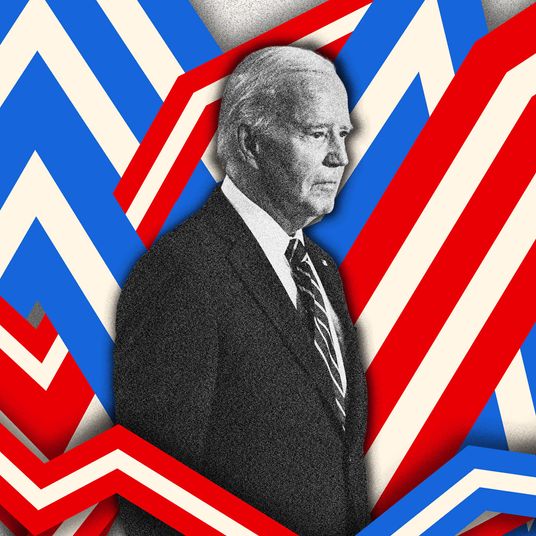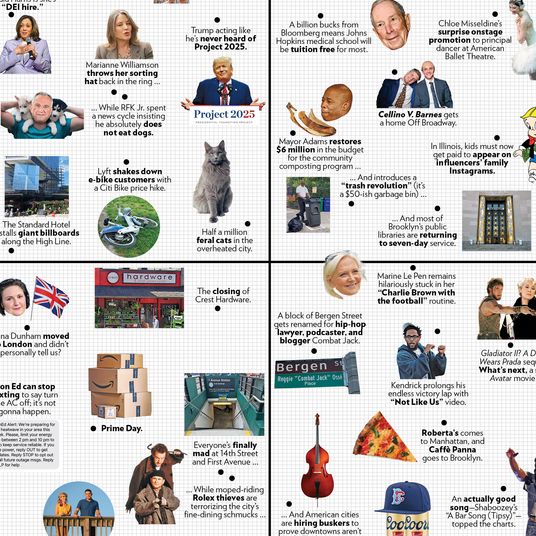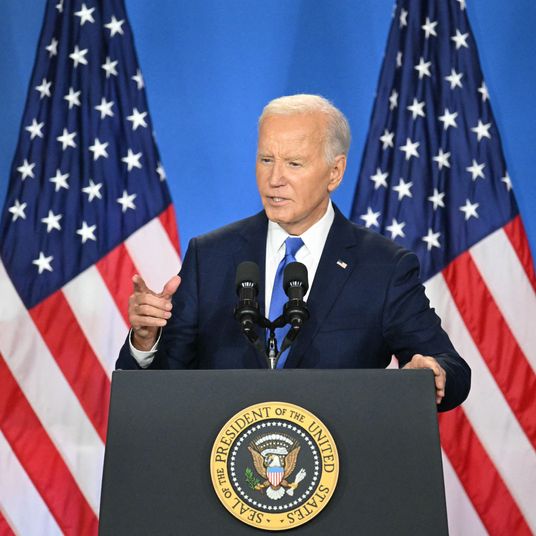
Up until recently, the master narrative of the 2024 presidential election was that Joe Biden needed to wake up an electorate that was insufficiently attentive to this president’s accomplishments, and all too forgetful of the kind of president Donald Trump had been and might become again. In particular, it was often asserted, Biden needed to goose turnout among the low-propensity voters (notably young voters and Latinos) who leaned Democratic but weren’t that jazzed about the incumbent or that frightened by his opponent. In addition, a lot of Democrats likely remembered relatively low-turnout elections (notably midterms like 2010 and 2014 and of course the fateful 2016 presidential election won by Trump) that they lost because “their” voters stayed home.
Now it’s becoming increasingly clear that a high-turnout election in 2024 may actually be more than a little problematic for Biden, as Ron Brownstein observes at CNN after scanning recent polls:
Merged results from the three most recent national NBC polls, conducted by a bipartisan team of prominent Democratic and Republican pollsters … found that Biden leads Trump by 4 percentage points among people who voted in both 2020 and 2022. But among those who voted in 2020 but not 2022, Trump led Biden by 12 percentage points. Trump’s lead swelled to 20 percentage points among those who did not vote in either 2020 or 2022. Fully 65% of those who did not vote in either of the past two elections said they disapproved of Biden’s performance in office.
Combined results from recent national New York Times/Siena College polls likewise have found Biden narrowly leading among potential 2024 voters who turned out in 2020 while trailing Trump by double digits among those who did not vote in their previous contest.
The split between marginal voters and more engaged voters is particularly evident among the young voters who were supposed to clinch a firm Democratic majority once they fully entered the electorate, Brownstein notes:
Through the 21st century, as first Millennials and now Generation Z have entered the electorate in large numbers, Democrats have unwaveringly operated on the belief that turning out as many young voters as possible would benefit the party.
But that’s a much more uncertain proposition in 2024, as demonstrated by the latest youth poll from the Harvard Kennedy School Institute of Politics, probably the most in-depth look at attitudes among young people. In the IOP poll this spring, Biden led Trump by nearly 20 points among young adults (aged 18-29) who said they definitely plan to vote in November; that lead was comparable to Biden’s advantage among all young adults in 2020. But Trump’s position steadily improved as the likelihood of voting diminished, with the former president leading Biden by 2-to-1 among those who said they probably would not vote.
There’s already been considerable speculation about the implications of such findings in terms of the deployment of traditional Democratic turnout operations, which typically target a favorable demographic group and seek to push them en masse towards the ballot box. Perhaps more “targeted” get-out-the-vote efforts would make more sense in an environment wherein a significant number of pro-Trump goats might accompany the pro-Biden sheep being herded to the polls. But it’s unclear Democrats are thinking through how their weakness among low-propensity voters should affect messaging or Biden’s overall strategy for victory.
It’s possible Biden’s relative weakness among young and non-white voters, whose likelihood to vote is in question, is part of a strong trend that no strategy or tactic can change, as Vox’s Eric Levitz suggests:
Biden was never personally popular with young voters to begin with. And young Americans may have a harder time weathering inflation than older voters who tend to have higher incomes and more savings.
Meanwhile, there have long been structural reasons to expect the Democratic Party’s share of nonwhite voters to decline over time.
Historically, community institutions such as the Black church have been instrumental in keeping Black voters in political lockstep. In an increasingly atomized and secular culture, the influence of the Black church is fading, particularly with younger voters, who are now much more open to backing Trump than their elders. Meanwhile, it would not be surprising if Hispanic voters followed the same political trajectory as other immigrant groups, with first- and second-generation voters backing the Democratic Party reliably, while a growing portion of subsequent generations becomes open to the GOP.
More generally, if it becomes very clear that Biden is likely to win an election based on (relatively low) 2016 rather than (very high) 2020 turnout levels, the generally accepted premise that his campaign needs to ratchet up the pressure on voters to vote by treating the election as a national existential crisis should perhaps be reconsidered. We should get a much better handle on this issue as we get closer to Election Day, when the more credible pollsters begin to apply “likely voter” screens that show the implications of various turnout scenarios. If Biden has established a solid lead among the likeliest of voters, and Trump continues to do well among those least likely to show up at the polls unless the world might otherwise end, then there’s no reason Democrats should be generally goosing turnout. To put it bluntly, while this incumbent president may believe that disengaged and unhappy voters ought to be persuaded to vote for him and to flee a second Trump term like the plague, it could be safer for Biden if they just stay at home and keep their bad vibes to themselves.
More on politics
- Trump Assassination Attempt Suspect Identified: Live Updates
- The Secret Service Agent Who Caught a Bullet for Reagan on the Trump Shooting
- Republican Lawmakers Immediately Blame Biden for Trump Shooting














